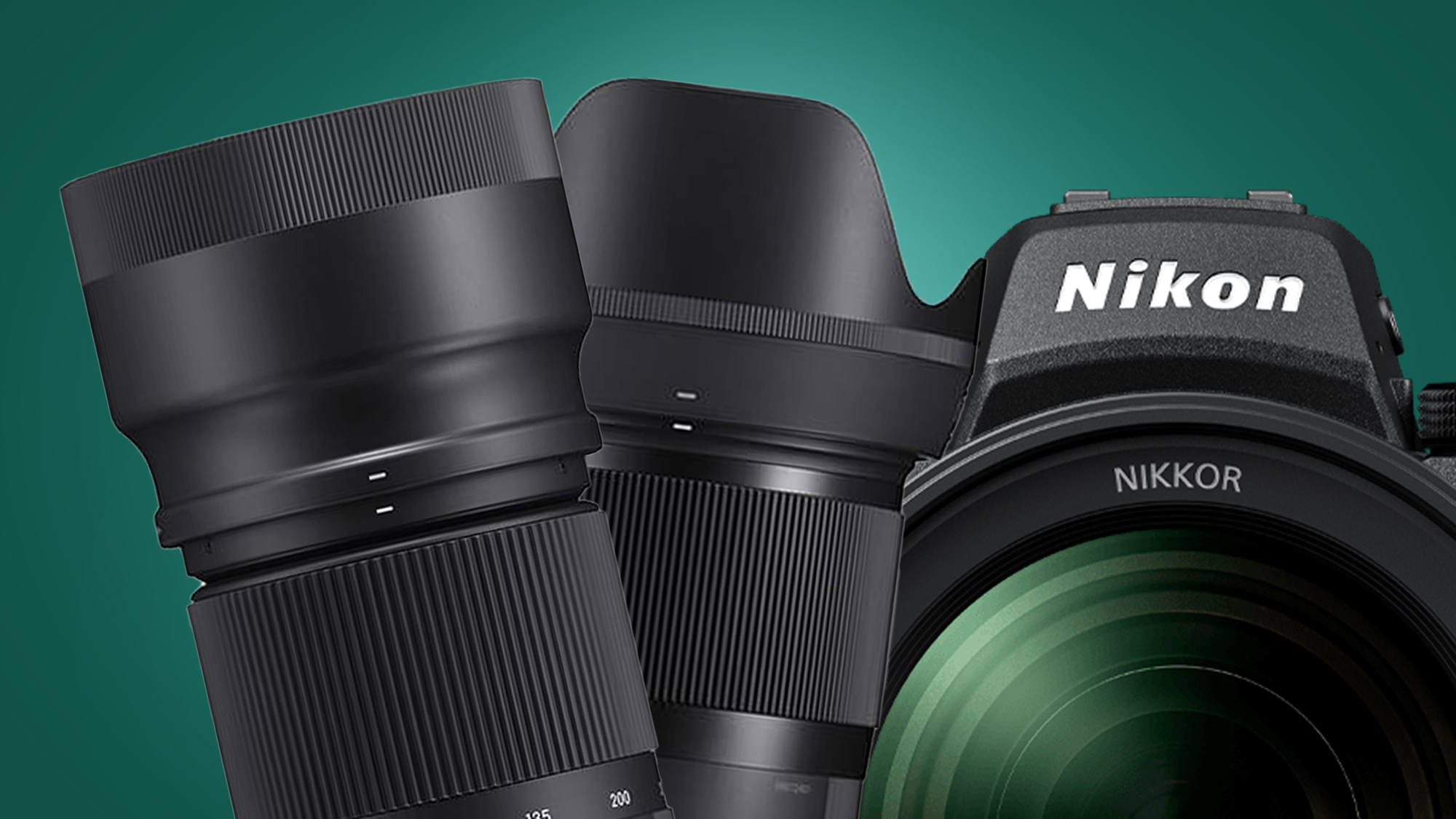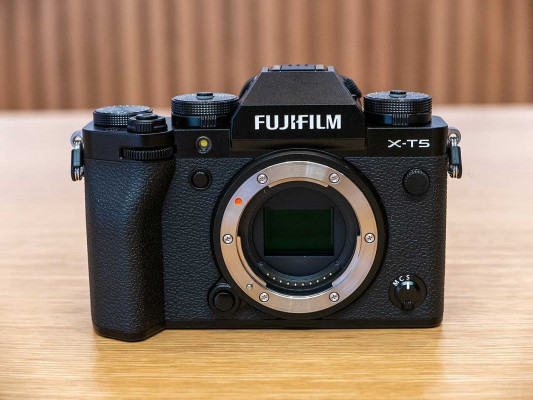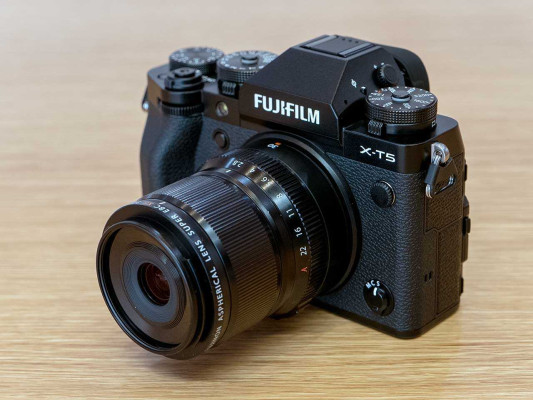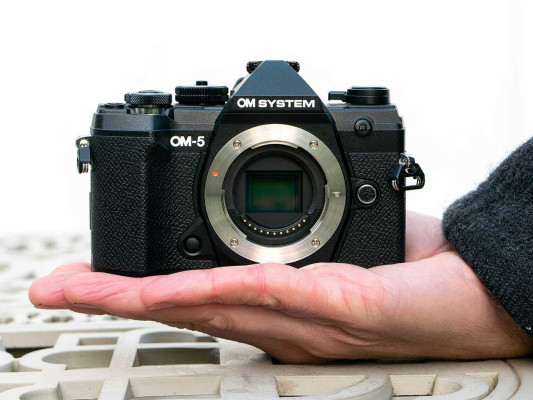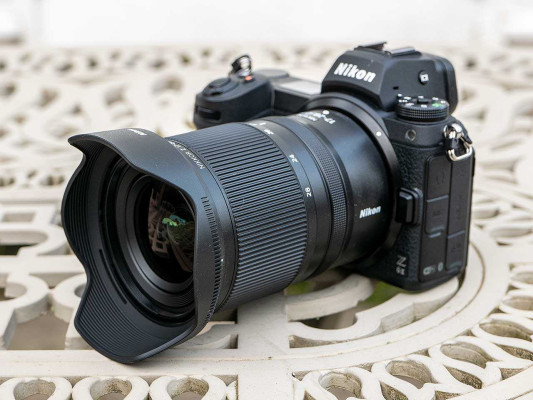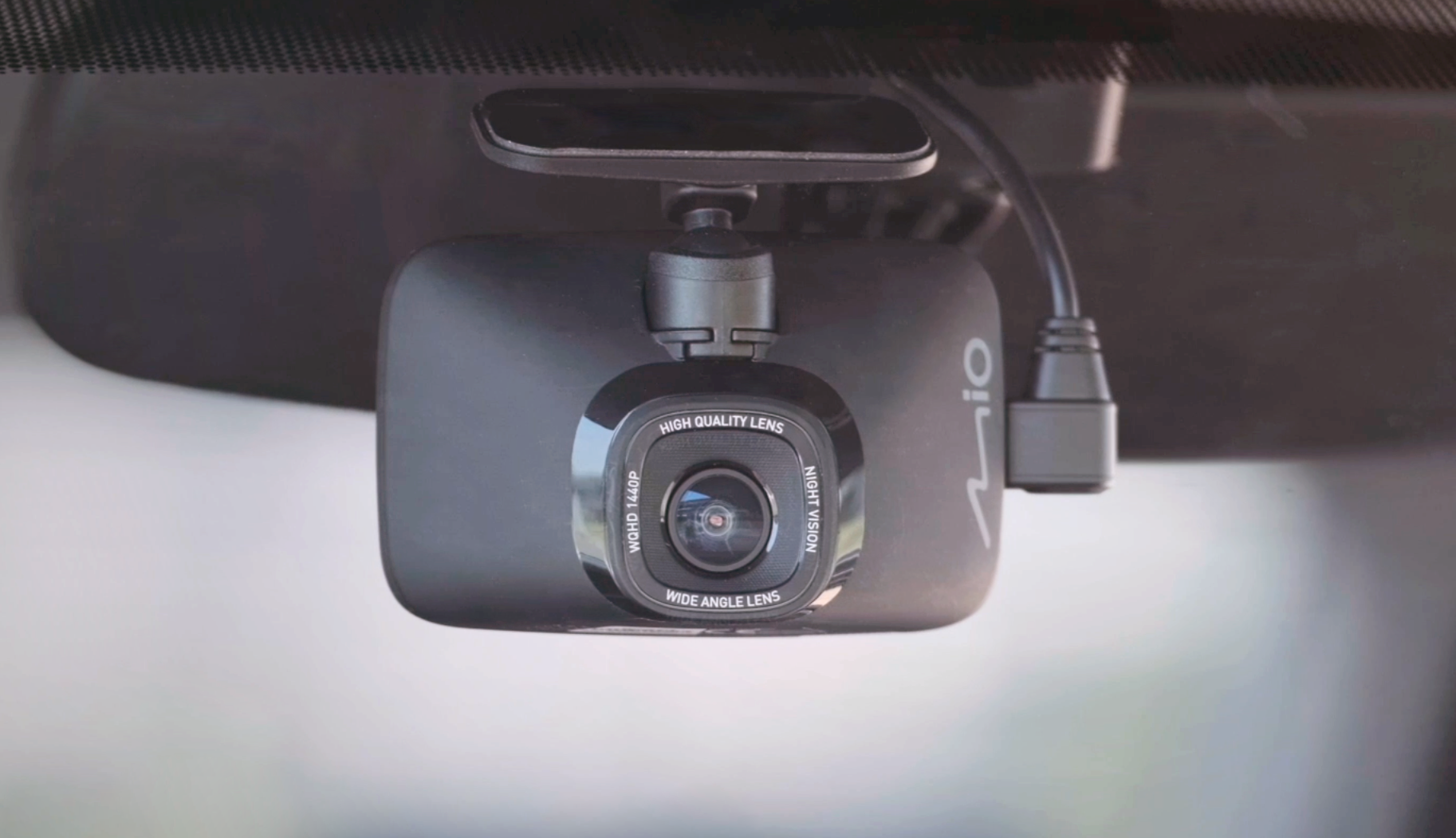Reviews

DJI Mini 3 review
DPReview Latest |
In late 2019, DJI introduced their first sub-250g drone. Since then, two other models in the DJI Mini family have been released. The brand-new DJI Mini 3 is a slightly pared-down model that offers some improvements compared to its predecessor, the Mini 2, such as longer flight time. Sure, you won't get the advanced features from the Mini 3 Pro, but if you don’t need 4K/60p video, obstacle avoidance or subject tracking, or even bells and whistles like Hyperlapse, then this might be the lightweight drone for you.
 |
| The Mini 3 has an almost identical camera to the Mini 3 Pro and can shoot in Portrait mode as well. |
Much like the treatment we gave the Mavic 3 Classic last month, this preliminary review will cover our impressions of the Mini 3 and who we think it’s most suited for, especially since it’s being released into the peak holiday shopping season. Is it worth upgrading from a Mini 2 if you have one already? Or would you be better off looking at the Mini 3 Pro? Let’s find out.
Jump to:
Compared to... | Who's it for? | Conclusion | Sample gallery | Press release
Key Features
- 12MP, Type 1/1.3 (10 x 7.5mm) sensor
- 24mm (equiv.) lens with a fixed F1.7 aperture
- Portrait shooting
- Ability to zoom up to 4X on video
- 4K/30p video
- H.264 codec and 100 Mbps bitrate
- Raw and JPEG image capture
- OcuSync 2.0 (O2) image transmission – 10 km (6.2 mi) range
- Downward Vision Sensing
- Compatible with DJI RC remote
- Up to 38 or 51 minutes flight time
- 249g
| What we like | What we don't |
|---|---|
|
|
Compared to...
The Mini 3’s design is almost identical to that of the Mini 3 Pro. The gimbal and camera are practically the same. They can rotate to capture social-media-friendly vertical video as well. DJI also says the camera’s 4-in-1 pixel technology (known elsewhere in the imaging world as Quad Bayer) creates 12MP images with 2.4μm effective photosites compared to the 1.2μm in the Mini 3 Pro's sensor when it output 48MP images.
| Mini 3 | Mini 3 Pro | Mini 2 | |
|---|---|---|---|
| Price | $409 (without remote) $499 (with RC-N1 remote) $639 (with DJI RC remote) $658 (RC-N1 Fly More combo) $798 (DJI RC Fly More combo) |
$669 (without remote) $759 (with RC-N1 remote) $909 (with DJI RC Remote) Fly More Kit an additional $189 |
$449 Regular $549 Fly More Combo |
| Camera | 12MP, Type 1/1.3 | 48MP, Type 1/1.3 | 12MP, Type 1/2.3 |
| Digital Zoom | 4K: 2x, 2.7K: 3x, 1080p: 4x | 4K: 2x, 2.7K: 3x, 1080p: 4x | 4K: 2x, 2.7K:3x, 1080p: 4x |
| Video Profile | Normal | Normal, D-Cinelike | Normal |
| Video resolution | 4K/30p | 4K/60p | 4K/30p |
| Video bit-rate | 100 Mbps/H.264 | 150 Mbps/H.264 and H.265 | 100 Mbps/H.264 |
| Video tranmission | DJI O2, 720p/30p, 10km | DJI O3, 1080p/30p, 12km | DJI O2, 720p/30p, 10km |
| APAS | None | APAS 4.0 for Spotlight and ActiveTrack | None |
| Obstacle avoidance sensors | Downward Vision Positioning | Forward, Backward, Downward | Downward Vision Positioning |
| Flight time | 38 minutes/51 minutes* | 34 minutes/47 minutes* | 31 minutes |
| Core Intelligent Functions |
QuickShots |
APAS 4.0 Hyperlapse Spotlight 2.0 QuickShots |
Quickshots |
| Dimensions | 148x90x62 mm | 145x90x62 mm | 138x81x58 mm |
| Weight | 249g** | 249g** | 249g |
* Longer duration requires heavier 28.4 Wh 'Flight Battery Plus,' not available in all countries
** 249g weight when using standard 18.1Wh 'Intelligent Flight Battery.'
What’s noticeably absent compared to its Pro brother is DJI’s 10-bit D-Cinelike profile, which gives you much more post-processing flexibility.
The Mini 3 is compatible with DJI’s RC remote that powers the Mavic 3 series, and its RC-N1 remote as well. You can purchase the Mini 3 as a standalone unit if you have either of these remotes in your possession.
Initial thoughts
The Mini 3 flies, handles and maneuvers just like the Mini 3 Pro. The only real difference is its lack of obstacle avoidance sensors. When I was testing out both, side by side, the Pro would beep as it was approaching a tree branch above, which can be handy.
Compared to the Mini 2, Mini 3's body is more robust (despite being the same weight) and can handle strong winds much more efficiently. I also noticed that the Mini 3's gimbal is far more stable than that of the Mini 2, which in my experience has a tendency to tilt.
 |
| The Mini 3 gives you brighter, cleaner colors and a clearer image compared to the Mini 2. |
Right away, I noticed that the Mini 3's camera, with its larger Type 1/1.3 (10 x 7.5mm) sensor and F1.7 aperture, gave superior image quality to the Mini 2. The colors are much brighter and the images are cleaner, overall, with less blotchy noise. This made using the optional DJI RC controller, with its built-in LCD, a nice experience. Working together, the Mini 3 and DJI RC remote control felt like a modern piloting experience.
One thing I noticed, though, is that lights and signs are a bit blown out in night video footage. You can’t really read the sign on top of the hotel I was filming in my sample clip. Also, when I attempted a reveal shot, the footage was a bit out of focus until I stopped moving the gimbal and let it sit still.
 |
| The Mini 3 Pro (left) and Mini 3 (middle) are almost identical in build. The Pro has two sensors in front while on the Mini 3 those are vents. |
Another thing that irritated me was that it took some time to connect to enough satellites (between 10 and 12) to get proper GPS on a cold flight (the first initial launch in a 24-hour period) and again on the following flight. Also, I had to recalibrate the compass when flying in an urban setting at night. I was flying a tester unit, and using a temporary Fly app account, but I hope when it launches these laggy hang-ups aren’t present.
What I missed more than anything is the ability to capture Hyperlapse footage. It’s also unfortunate that the D-Cinelike profile isn’t included, though I can see DJI's logic in justifying the price for the next tier up. That said, if I had a Mini 2, I would certainly upgrade – especially given the longer flight time. Since I own a Mini 3 Pro, myself, I will keep ahold of that as I feel a bit spoiled with all its offerings.
Who's it for?
The Mini 3 is a modernized entry-level drone. First and foremost, it's suited for people who want a contemporary sub-250g drone that can capture decent photos and video clips. That said, given that shooting in ‘Auto’ mode at night tends to blow out lights, some knowledge of adjusting camera settings will be helpful if you’re filming night footage, as you'll get better results using the 'Pro' (manual) settings.
Since the Intelligent Flight batteries on the Mini 3 and Mini 3 Pro are interchangeable, this could either serve as a backup model to the Pro or a starter point to a possible future upgrade if the pilot decides they desire more advanced settings. Anyone who enjoys the MasterShots feature, the ability to track and follow subjects, creating a Hyperlapse, or capturing 4K/60p video is going to want to aim straight for the top-tier Pro option.
 |
| If you don't want to use your smartphone, the DJI RC remote only costs $309 and is compatible with the Mini 3. It will not work with the Mini 2. |
The silver lining to the Mini 3's lack of obstacle avoidance sensors is that DJI has brought back their lightweight 360º Propeller Guard for it. This add-on effectively allows you to fly in tighter spaces without having to worry about a collision. You may want to steer clear of tree branches with small protruding twigs, but solid surfaces won't be an issue.
 |
| Even if you're a careful flyer, these extra prop guards might help you since the Mini 3 lacks collision detection. |
My young daughter learned how to fly inside our house with her Mavic Mini and was confident even when she bumped into a wall, as the drone bounced off surfaces and kept going. If you feel like staying indoors to practice flying, this accessory is worth picking up. The downward vision sensors will keep the drone steady in a home or open indoor space, which lets you log some practice time without getting frostbite outside.
Conclusion
Overall, I’m pleased with the way the Mini 3 performs. After flying it, however, I keep coming back to the price. The Mini 3, sold as a standalone product, is almost as pricey as a Mini 2 plus remote. For absolute beginners, I think that's probably still the kit to get, at least as long as it's still available.
But the Mini 3 is definitely the entry-level sub-250g model for people who expect a more premium experience. It's missing a few bells and whistles, but this drone has enough tech inside to make it smooth flying for just about anyone, and it packs some noticeable image quality improvements too. If you can afford the few hundred extra dollars, the Mini 3 is a worthwhile investment.
![]()
Sample gallery
Please do not reproduce any of these images without prior permission (see our copyright page).



